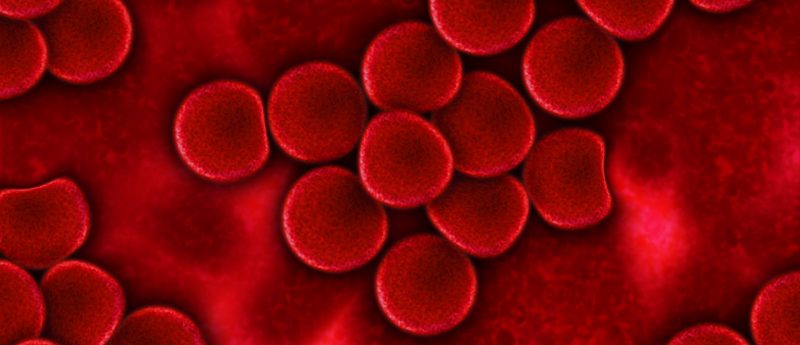Study shows that induced pluripotent stem cells can rejuvenate blood stem cells

A new study has used a murine model to demonstrate that induced pluripotent stem cells can be used to rejuvenate blood cells in aging mice with reduced function.
Researchers from Lund University (Lund, Sweden) have used a murine model to show that blood stem cells can be rejuvenated. The researchers utilized induced pluripotent stem cells (iPSCs) to rejuvenate blood stem cells in aging mice with reduced function. The research was recently published in Nature Communications.
When we are young, our blood stem cells produce a well-balanced amount of red and white blood cells, the ratio of which is adjusted according to what is needed. However, as we age, the stem cells’ ability to keep up with what is needed reduces.
“This type of age-related change can have major consequences as it can lead to an imbalance in stem cell production. For example, a reduced production of immune cells or excessive production of other types of cells can be a precursor to leukemia”, explained the study’s lead author David Bryder (Lund University)
The initial step in the experiment was to genetically mark old blood stem cells, to enable the identification and tracking of those most affected by age. This marking was done by genetically barcoding hematopoietic stem cells in the aging murine model. These traceable cells were then turned into iPSCs. When the iPSCs formed new blood cells, it was found that the stem cells had been rejuvenated.
“We found that there was no difference in blood-generating capacity when we compared the reprogrammed blood stem cells with healthy blood stem cells from a young mouse. This is, as far as we know, the first time someone has directly succeeded in proving that it is possible to recreate the function of young stem cells from a functionally old cell.Ë® commented study author Martin Wahlestedt (Lund University)
This research shows that many age-related changes in the blood system cannot be explained due to mutations in DNA. If the reduced function was due to changes in DNA then this damage would be permanent and would not be fixed with the introduction of iPSCs. Instead, epigenetic changes appear to underlie the decline in function associated with advancing age.
“Our findings justify further research to improve the function of human blood stem cells and thereby address diseases such as anemia, leukemia and other blood disorders,” concluded Bryder.
Written by Adam Tarring
Sources: Wahlestedt M, Erlandsson E, Kristiansen T et al. Clonal reversal of ageing-associated stem cell lineage bias via a pluripotent intermediate. Nat. Commun. 8:14533(2017); http://www.lunduniversity.lu.se/article/how-blood-can-be-rejuvenated